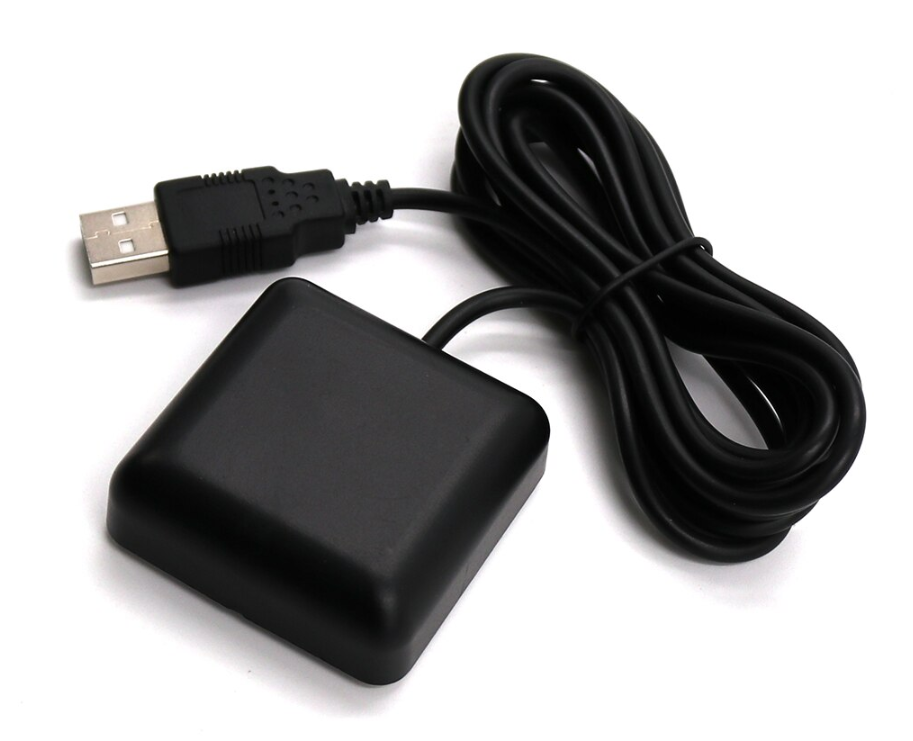Already last year, I wrote a blog about the Azure Blob storage for IoT Edge module. Back then it was just in preview but just now it’s generally available.
The module still provides the same functionality: you can read and write to blob storage with the same SDK and programming modal you use for handling blobs in the Azure Cloud Storage:

There are some limitations regarding the API to use for the Blob module (eg. no support for lease blobs) but there are also extra features.
The most interesting feature is:
It enables you to automatically upload data to Azure from your local block blob storage using deviceToCloudUpload properties
Yes, you can configure the blob storage module running on your IoT Edge device to automatic upload blobs to the cloud. This is a great data pump!
Microsoft enumerates some advantages in their documentation. For me this is the ideal way to move raw data with low priority to the cloud in a cheap but reliable way without much effort.
I was especially interested in the BlockBlob synchronization:
The module is uploading blob and internet connection goes away; when the connectivity is back again it uploads only the remaining blocks and not the whole blob.
This is potentially the most efficient solution, especially for large files.
Let’s check out how this works.
Doorgaan met het lezen van “Azure IoT Edge Blob module posts BlockBlobs blocks dosed in Storage”